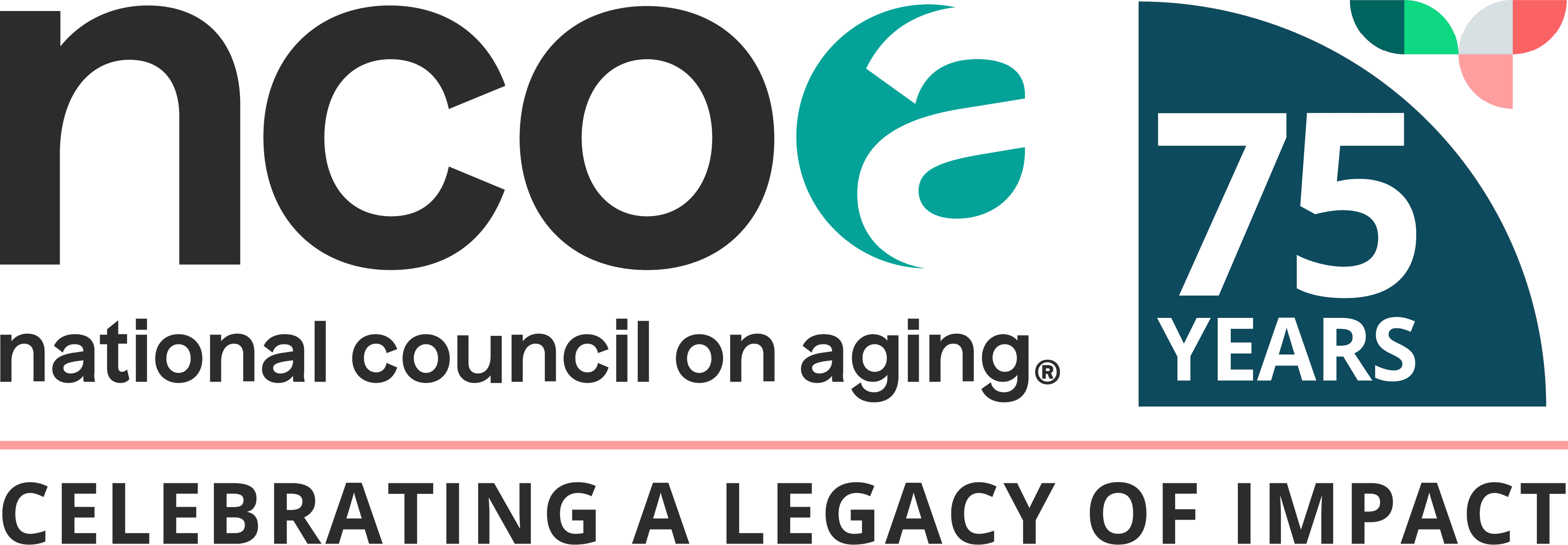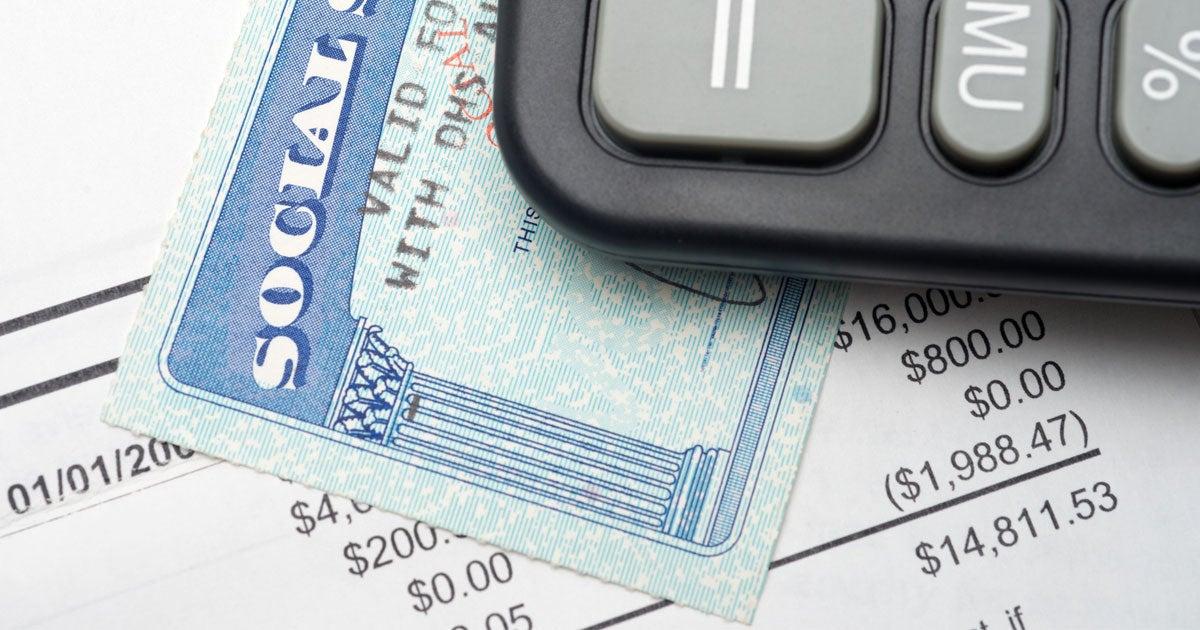
Related Topics
Supplemental Security Income (SSI) cash benefits help older adults with very low income pay for monthly essentials. SSI is a lifeline for many older Americans—and it's one of the largest programs administered by the Social Security Administration (SSA).
What makes a person eligible for SSI?
SSI determination is based on age/disability and having limited income and resources. You may be eligible to receive SSI benefits if you:1
- Are at least age 65 or blind, or you have a disability
- Have limited income from a pension, wages, or other sources
- Have limited resources (items you own, such as property or bank accounts)
- Live in one of the 50 states, the District of Columbia, or the Northern Mariana Islands
- Are a U.S. citizen, U.S. national, or meet other non-citizen criteria
How much is SSI for a single person?
Your maximum SSI benefit amount increases with federal cost-of-living adjustments (COLA). See the latest below with the 2.5% COLA that became effective in January 2025.
With the 2025 COLA, the following are maximum SSI benefit amounts4:
- For an eligible person: $967 (this is up from $943 in 2024)
- For an eligible couple: $1,450 (this is up from $1,415 in 2024)
But not everyone who is eligible will receive those exact benefit amounts. SSI payments vary from person to person. For example, you might receive more than $967 if you live in a state that provides additional monthly financial assistance. Or your payment could be lower, depending on how much countable income you have, and other factors.
SSI benefit amounts differ from person to person. It primarily depends on how much and what kind of income you have. The higher your income, generally the lower your monthly payment. The Social Security Administration (SSA) doesn't count some income. For example, some earned income can be disregarded. SSA, which operates the SSI program, uses your income and resources to calculate your monthly payment. When you apply for SSI, an SSA representative will review your income and assets with you to determine your SSI payment amount.
Can I get financial assistance from the state if I’m getting SSI benefits?
Most states and the District of Columbia add a cash supplement to federal SSI payments. The monthly SSI benefit amounts vary based on where you live. In June 2025, the average monthly state benefit for people 65 and older was $225.60 in states where the SSA runs the supplementary payment programs.2 Those states are California, Delaware, the District of Columbia, Hawaii, Iowa, Michigan, Montana, Nevada, New Jersey, Pennsylvania, Rhode Island, and Vermont.3 All other states offering supplemental payments administer their own programs.
There are a few states that don’t offer additional payments. They are Arizona, Arkansas, Mississippi, North Dakota, Tennessee, and West Virginia. There is also no additional payment available for people living in the Northern Mariana Islands.3
When will I receive my SSI benefit each month?
You’ll typically get your SSI payment on the first day of the month, unless the first day of the month falls on a weekend or federal holiday. When that happens, you’ll receive your SSI payment on the last business day of the prior month.5
“That means you may get two SSI payments in the same month. We do this to avoid putting you at a financial disadvantage and make sure that you don’t have to wait beyond the first of the month to get your payment,” the SSA says. “It does not mean that you are receiving a duplicate payment in the previous month, so you do not need to contact us to report the second payment.”5
Does the maximum SSI payment amount change every year?
The annual Social Security cost-of-living adjustment (COLA) also applies to SSI, so the maximum monthly benefit increases each year. For 2025, the COLA is 2.5%. That increase lifted the maximum monthly SSI benefit for individuals from $943 in 2024 to $967 in 2025. For couples, the maximum monthly SSI payment amount rose from $1,415 to $1,450.7
How long does it take to start receiving SSI payments?
It varies, but the average is three to five months from your application date. You can check the status of your application at your my Social Security online account, or by calling the SSA at 1-800-772-1213 (TTY 1-800-325-0778).
Can SSI beneficiaries ever get cash assistance sooner?
New claimants experiencing financial emergencies, and who are waiting for SSI benefits that are delayed, may be eligible to receive one emergency advance payment. According to the SSA, a financial emergency means “you need money right away due to a threat to health or safety, such as not enough money for food, clothing, shelter, or medical care.”8
The maximum emergency advance payment is the smallest of one of the following:8
- The SSI federal benefit rate (plus any federally administered state supplement)
- The total amount of the benefits due
- The amount requested for the financial emergency
People receiving these advances must repay them. The SSA will deduct the amount of the emergency advance from the SSI payments you’re waiting to receive, and you’ll receive the difference. If there are no past payments due to you, the SSA will subtract it from your monthly SSI benefit amount in up to six installments.8
If you believe you qualify for SSI payments, you should apply as soon as possible to avoid missing out on benefits. The Social Security Administration (SSA) has an SSI tool that can help you get started in applying. It only takes 5-10 minutes.
It's important to note that using the SSI tool is not an application for SSI benefits. You must file an application with SSA to receive a formal determination of eligibility. Once you submit the information, SSA will schedule an appointment to file the application.
You can also find out about other important benefits programs by visiting BenefitsCheckUp®. This free benefits finder can help you learn if you qualify for SSI and other programs that can make it easier to afford health care, medicine, food, and utilities.
Sources
1. Social Security Administration. You May Be Able to Get Supplemental Security Income. January 2025. Found on the internet at https://www.ssa.gov/pubs/EN-05-11069.pdf
2. Social Security Administration. SSI Monthly Statistics. Federally Administered State Supplementation Payments. June 2025. Found on the internet at https://www.ssa.gov/policy/docs/statcomps/ssi_monthly/2025-06/table19.html
3. Social Security Administration. Understanding Supplemental Security Income SSI Benefits. 2025 Edition. Found on the internet at https://www.ssa.gov/ssi/text-benefits-ussi.htm
4. Social Security Administration. SSI Federal Payment Amounts for 2025. Found on the internet at https://www.ssa.gov/oact/cola/SSI.html
5. Social Security Administration. Getting Two SSI Payments in One Month. April 18, 2025. Found on the internet at https://blog.ssa.gov/getting-two-ssi-payments-in-one-month/
6. Social Security Administration. Schedule of Social Security Benefit Payments. 2025. Found on the internet at ttps://www.ssa.gov/pubs/EN-05-10031-2025.pdf
7. Social Security Administration. Social Security Changes – COLA Fact Sheet. Cost-of-Living Adjustment (COLA) Information for 2024. Found on the internet at https://www.ssa.gov/news/press/factsheets/colafacts2025.pdf
8. Social Security Administration. Understanding Supplemental Security Income Expedited Payments. 2025 Edition. Found on the internet at https://www.ssa.gov/ssi/text-expedite-ussi.htm




